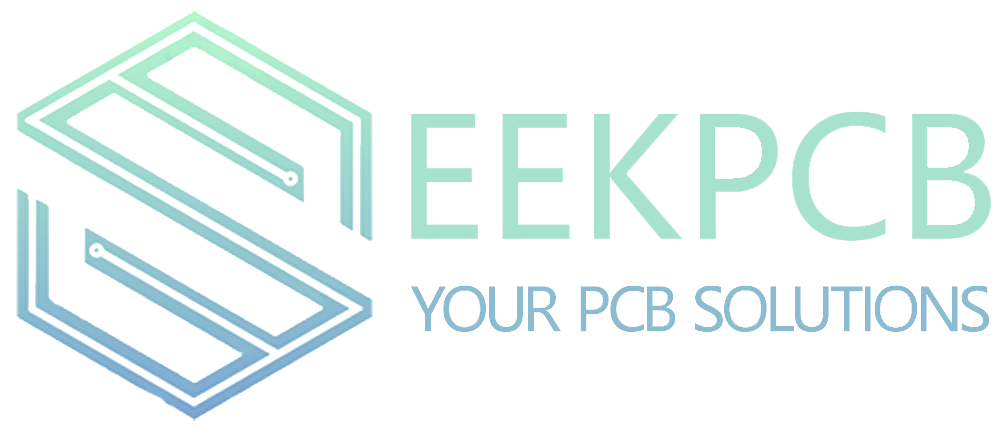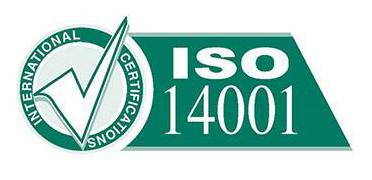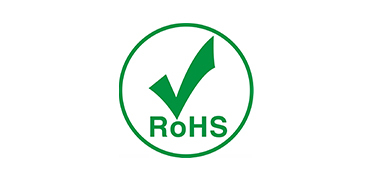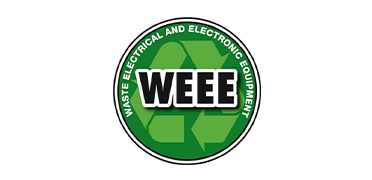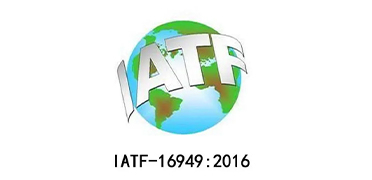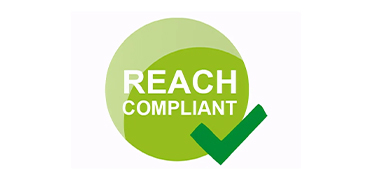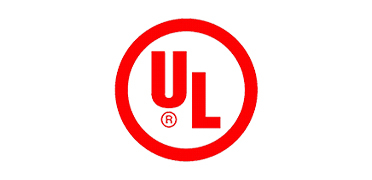Multilayer Flexible PCB
| Availability: | |||||||||
|---|---|---|---|---|---|---|---|---|---|
| Layer: 4 Thickness: 0.3mm Copper: 1OZ for All Layer Surface Treatment: Immersion Gold Application: Display Module Highlights: Fly tail to let the FPC goes to two different directions. | |||||||||
Multilayer flex PCB is an advanced step of ordinary FPC products, of course, there are more possibilities in design.
Traditionally, flex printed circuit board is used for simple electrical connections instead of cables. With the update of technology and higher electrical integration, flex PCB has slowly adopted precision lines and pads, and even BGA, which makes FPC more functional.
This multilayer flex circuits produced by SEEKPCB adopts a 2+2 stacking method, so that a section of the finished product can form pagination to achieve 3D assembly. The manufacturing process of this product is basically very close to rigid-flex PCB. The conventional structure uses 1+N+1 sequential stacks.
The difficulty of multilayer flex PCB lies in the stability of the hole metallization process, and it is difficult for traditional processing methods to overcome this hidden danger. SEEKPCB adopts unique technology, which solves this problem well, of course, the premise is that the total thickness of FPC should not exceed 0.8mm. In view of the application scenario of flex printed circuit, the thickness should be as small as possible. We generally use 25um glue, the conventional four-layer FPC thickness is generally 0.25mm-0.3mm, the six-layer FPC thickness is generally 0.4mm, and the eight-layer FPC thicknss is 0.55-0.6mm. So the thickness is not a problem even when it is 10 Layer FPC.
In addition, SEEKPCB is not only a flex circuit manufacturer, the Rigid-Flex PCB is also our strength, for more details, please refer to our Rigid-Flex PCB page.
What is the advantage of Flex PC?
FPC has the advantages of high wiring density, light weight, thin thickness, less wiring space restriction and high flexibility, which is fully in line with the development trend of light, thin and short electronic products, and is an effective solution to meet the miniaturization and mobile requirements of electronic products.
FPC can be freely bent, wound, folded, and can withstand millions of times of dynamic bending without damaging the wire, can be arbitrarily arranged according to the space layout requirements, and move and expand arbitrarily in three-dimensional space, so as to achieve the integration of component assembly and wire connection.
FPC can greatly reduce the volume and weight of electronic products, and is suitable for the development of electronic products in the direction of high density, miniaturization and high reliability.
What is the disadvantage of Flex PCB?
The flex board is very thin, so it cannot be stressed in some required structures,It also can't withstand too many heavy components.
Therefore, FPC is basically used as a cable, of course, some lightweight electronic products will also use FPC, such as smart wear
Most of the FPC uses covering film, and most of the windows of the covering film use mechanical punching, accompanied by the error of fitting, the window of the pad cannot be too small. Of course, there are ways to overcome this problem, corresponding to a relatively high cost, such as the use of FPC special anti-crack solder mask ink or the use of laser to open windows
Is Flex PCB expensive?
In the early days of FPC, cost was a trouble it had to face, and it could not compete with traditional PCBs in terms of the cost of materials and manufacturing processes. However, because of its excellent performance and the promotion of 3D assembly, the FPC industry has been developing rapidly. Today, the cost of FPC has dropped significantly. The cost of FPC has become more acceptable. For example, the thickness of FPC is generally 0.1-0.3mm, while the rigid-PCB of the same thickness is higher in cost than FPC.
However, multilayer FPC will be higher in cost than PCB with the same number of layers, and this ratio ranges from 100% to 200%.
How many layers can a flex PCB have?
At present, the maximum number of FPC layers that SEEKPCB can produce is 12 layers, and this data is based on the current manufacturing experience.
When the number of FPC layers continues to rise, the thickness is also increasing, which is not conducive to bending performance, and the cost will be particularly high. SEEKPCB suggests that it can be replaced by a rigid-flex pcb board.
Multilayer flex PCB is an advanced step of ordinary FPC products, of course, there are more possibilities in design.
Traditionally, flex printed circuit board is used for simple electrical connections instead of cables. With the update of technology and higher electrical integration, flex PCB has slowly adopted precision lines and pads, and even BGA, which makes FPC more functional.
This multilayer flex circuits produced by SEEKPCB adopts a 2+2 stacking method, so that a section of the finished product can form pagination to achieve 3D assembly. The manufacturing process of this product is basically very close to rigid-flex PCB. The conventional structure uses 1+N+1 sequential stacks.
The difficulty of multilayer flex PCB lies in the stability of the hole metallization process, and it is difficult for traditional processing methods to overcome this hidden danger. SEEKPCB adopts unique technology, which solves this problem well, of course, the premise is that the total thickness of FPC should not exceed 0.8mm. In view of the application scenario of flex printed circuit, the thickness should be as small as possible. We generally use 25um glue, the conventional four-layer FPC thickness is generally 0.25mm-0.3mm, the six-layer FPC thickness is generally 0.4mm, and the eight-layer FPC thicknss is 0.55-0.6mm. So the thickness is not a problem even when it is 10 Layer FPC.
In addition, SEEKPCB is not only a flex circuit manufacturer, the Rigid-Flex PCB is also our strength, for more details, please refer to our Rigid-Flex PCB page.
What is the advantage of Flex PC?
FPC has the advantages of high wiring density, light weight, thin thickness, less wiring space restriction and high flexibility, which is fully in line with the development trend of light, thin and short electronic products, and is an effective solution to meet the miniaturization and mobile requirements of electronic products.
FPC can be freely bent, wound, folded, and can withstand millions of times of dynamic bending without damaging the wire, can be arbitrarily arranged according to the space layout requirements, and move and expand arbitrarily in three-dimensional space, so as to achieve the integration of component assembly and wire connection.
FPC can greatly reduce the volume and weight of electronic products, and is suitable for the development of electronic products in the direction of high density, miniaturization and high reliability.
What is the disadvantage of Flex PCB?
The flex board is very thin, so it cannot be stressed in some required structures,It also can't withstand too many heavy components.
Therefore, FPC is basically used as a cable, of course, some lightweight electronic products will also use FPC, such as smart wear
Most of the FPC uses covering film, and most of the windows of the covering film use mechanical punching, accompanied by the error of fitting, the window of the pad cannot be too small. Of course, there are ways to overcome this problem, corresponding to a relatively high cost, such as the use of FPC special anti-crack solder mask ink or the use of laser to open windows
Is Flex PCB expensive?
In the early days of FPC, cost was a trouble it had to face, and it could not compete with traditional PCBs in terms of the cost of materials and manufacturing processes. However, because of its excellent performance and the promotion of 3D assembly, the FPC industry has been developing rapidly. Today, the cost of FPC has dropped significantly. The cost of FPC has become more acceptable. For example, the thickness of FPC is generally 0.1-0.3mm, while the rigid-PCB of the same thickness is higher in cost than FPC.
However, multilayer FPC will be higher in cost than PCB with the same number of layers, and this ratio ranges from 100% to 200%.
How many layers can a flex PCB have?
At present, the maximum number of FPC layers that SEEKPCB can produce is 12 layers, and this data is based on the current manufacturing experience.
When the number of FPC layers continues to rise, the thickness is also increasing, which is not conducive to bending performance, and the cost will be particularly high. SEEKPCB suggests that it can be replaced by a rigid-flex pcb board.
Product Category
+86-18925293263
